Summer is coming to an end, and it’s time to plant Fall annuals!
Fall is a great time to plant annuals in your yard for color all winter and into spring.
What to plant, you say? Here’s a list of our favorite Fall and Winter flowers and how to use them, almost all of them grown locally by Fredriks Nursery.
Sweet Peas: known for their sweet fragrance in the spring. Sweet peas are often overlooked until they bloom, which is too late to plant here in the Central Valley. The best time to plant is in October, whether by seed or a plant for their spring bloom.
They will need a fine support system, like trellis netting, for their delicate little tendrils to wrap around as they grow. Dwarf “self-supporting” varieties are available and are great additions to containers or hanging baskets. Grow in full to part sun.
Learn more on how to grow Sweet Peas here: It’s Time to Plant Sweet Peas!:
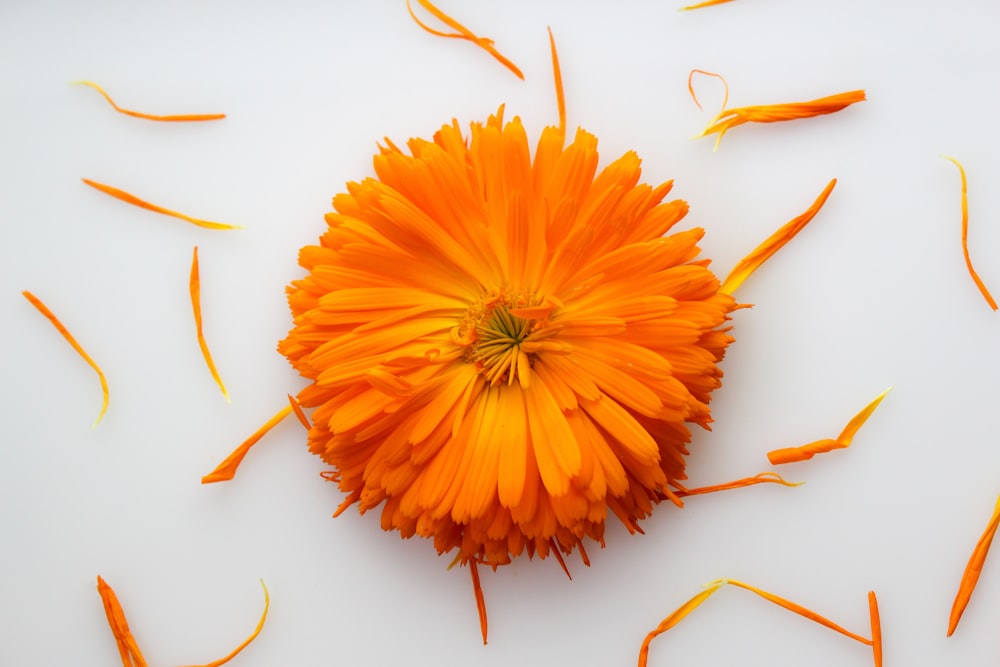
Cyclamen – I like to call them the Queens of the Winter. Not really an annual but more like a bulb, Cyclamen give non-stop color until the warm spring days arrive. Available in white, white with purple eye, pink, rose, purple, red, wine red, and even in colors flamed with white. Super cute minis are available too.
Plant cyclamen in the ground, containers, or hanging baskets. Keep them blooming with regular fertilizing and deadheading by plucking the entire spent flower stem, do not cut.
Grow them in shade, part shade, or a cool, sunny spot. When they tire out in the warm days of spring, set them aside in a cool, dry area and water them occasionally through the summer. Beginning in September, when you see new leaves sprout, water regularly and fertilize, and they will come back in to bloom for the winter!
Flowering Cabbage & Flowering Kale – great for bold texture and color, flowering cabbage and kale are must-haves in the garden or mixed containers. Flowering cabbage has large smooth leaves, while flowering kale has very frilly leaves. Grow in part to full sun.
Pansies – known for their wide selection of colors, Pansies are fantastic for winter color in the yard. Blotch pansies have dark centers, or choose from solid color pansies. Lower growing and great for mass plantings or just in containers. Grow in part to full sun.
Violas – often confused with Pansies, Violas have smaller flowers. You may already know the most popular Viola, Johnny Jump Up. Violas are great to tuck into containers or hanging baskets and bloom better in shadier locations than pansies.
Snapdragons – known for their height and unique flower they can really make a statement. Snaps are available as tall as 3′ or as short as 8″ and a few sizes in between. Best grown in full sun, they put their best bloom out in the spring. The dwarf varieties are great for containers.
Primrose – these in-between season fillers may have a short life but a very high impact. Usually planted in January as 4″ plants, they are already blooming when we’re all looking for a little more cheeriness in the yard! Grow in part to full sun, well-drained soil, and do not keep wet to keep these show stoppers happy.
Stock – is an old-fashioned flower prized for it’s intense, sweet fragrance and great cut flower. Best planted in the fall, they will bloom in the spring. Grow in part to full sun and well-drained soil.
For fertilizer, we recommend Bumper Crop Rose and Flower fertilizer at planting time and every 2-3 months during the growing season. Don’t forget to amend the soil with Bumper Crop Planting mix too!

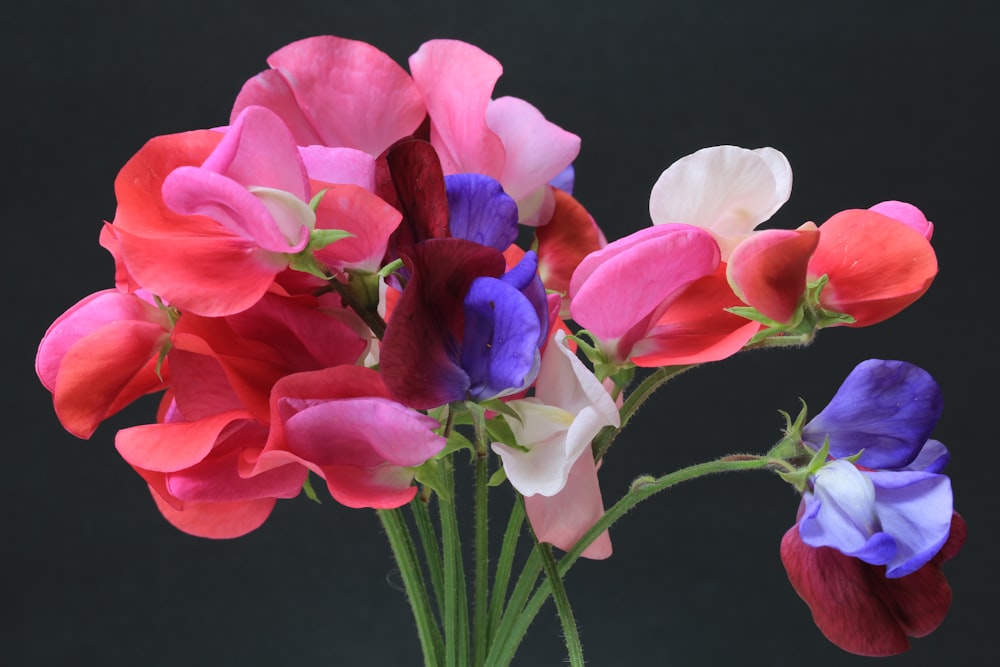
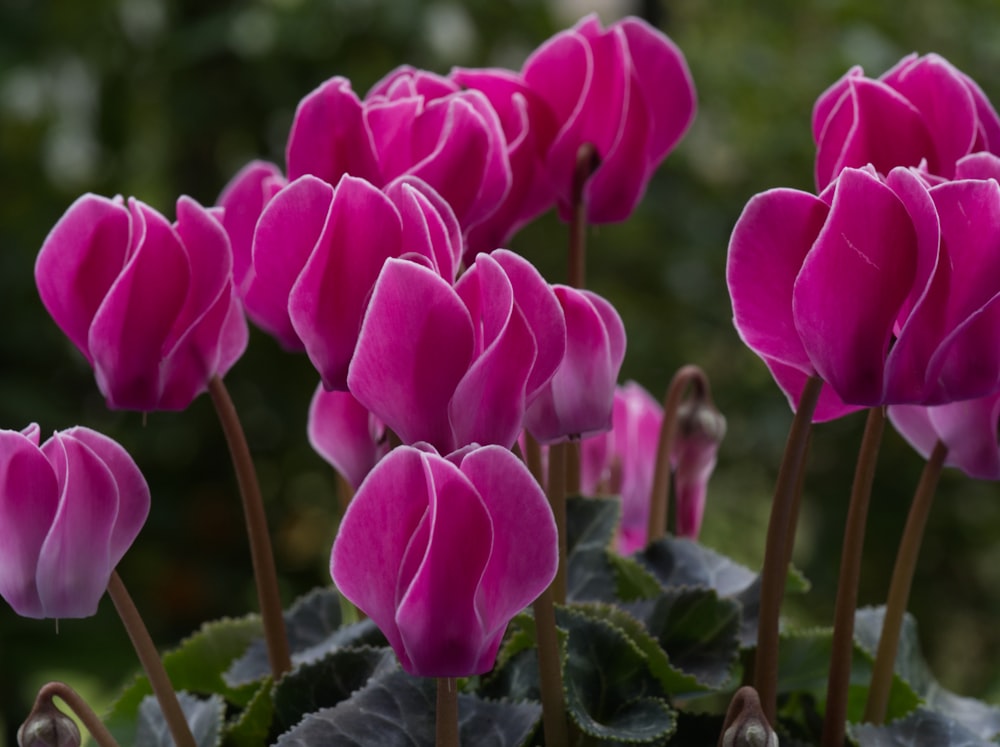


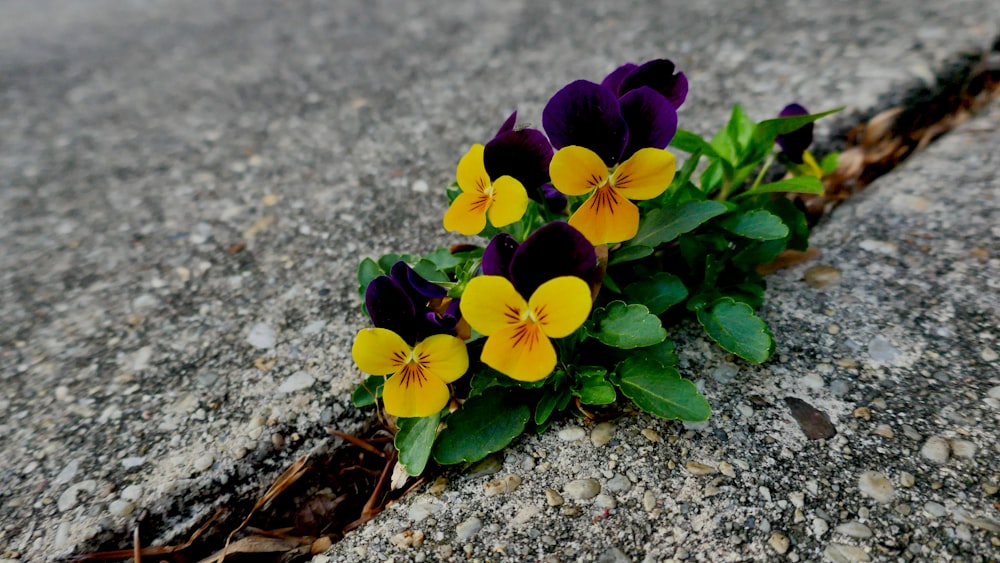
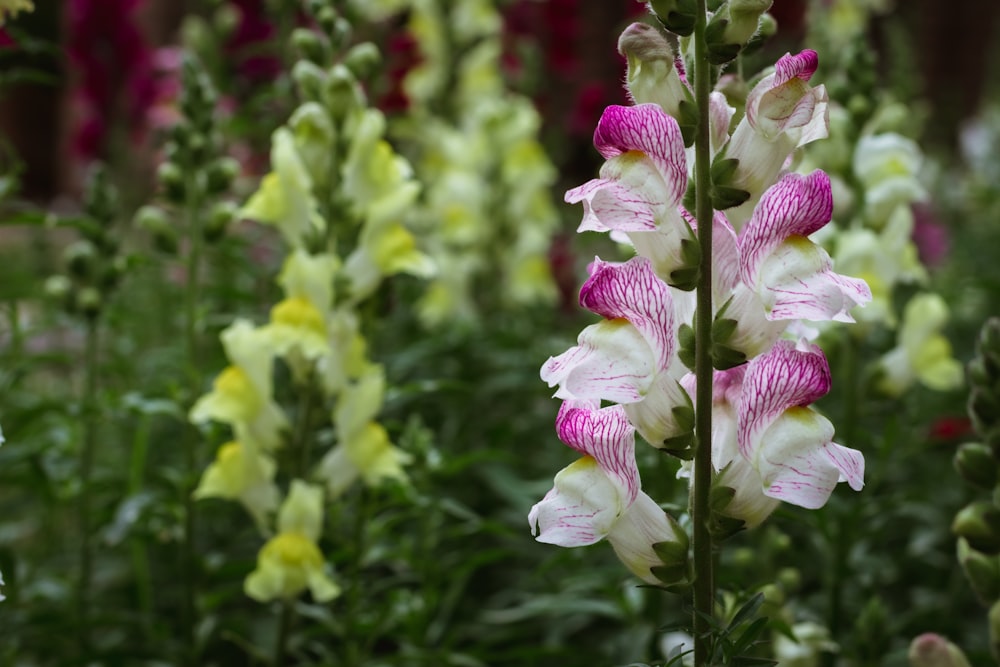

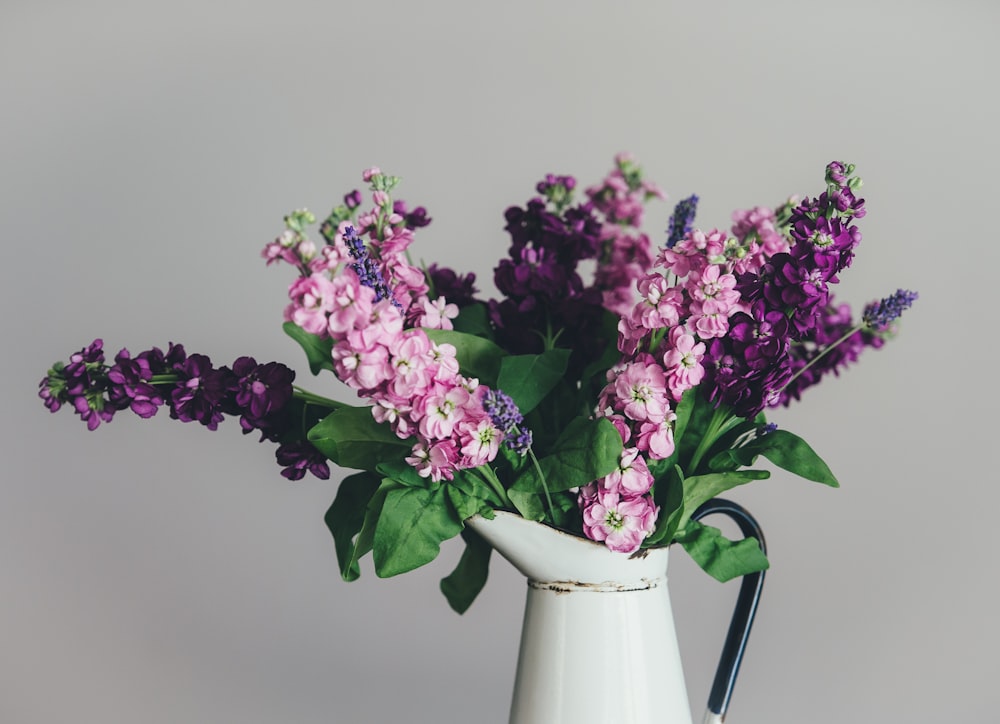
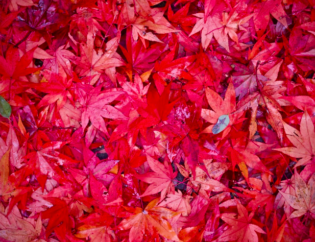

Thank you for the tips on winter flowers! Just this week I was wondering what I should plant for the winter in my front yard beds. This article helped!
Comments are closed.